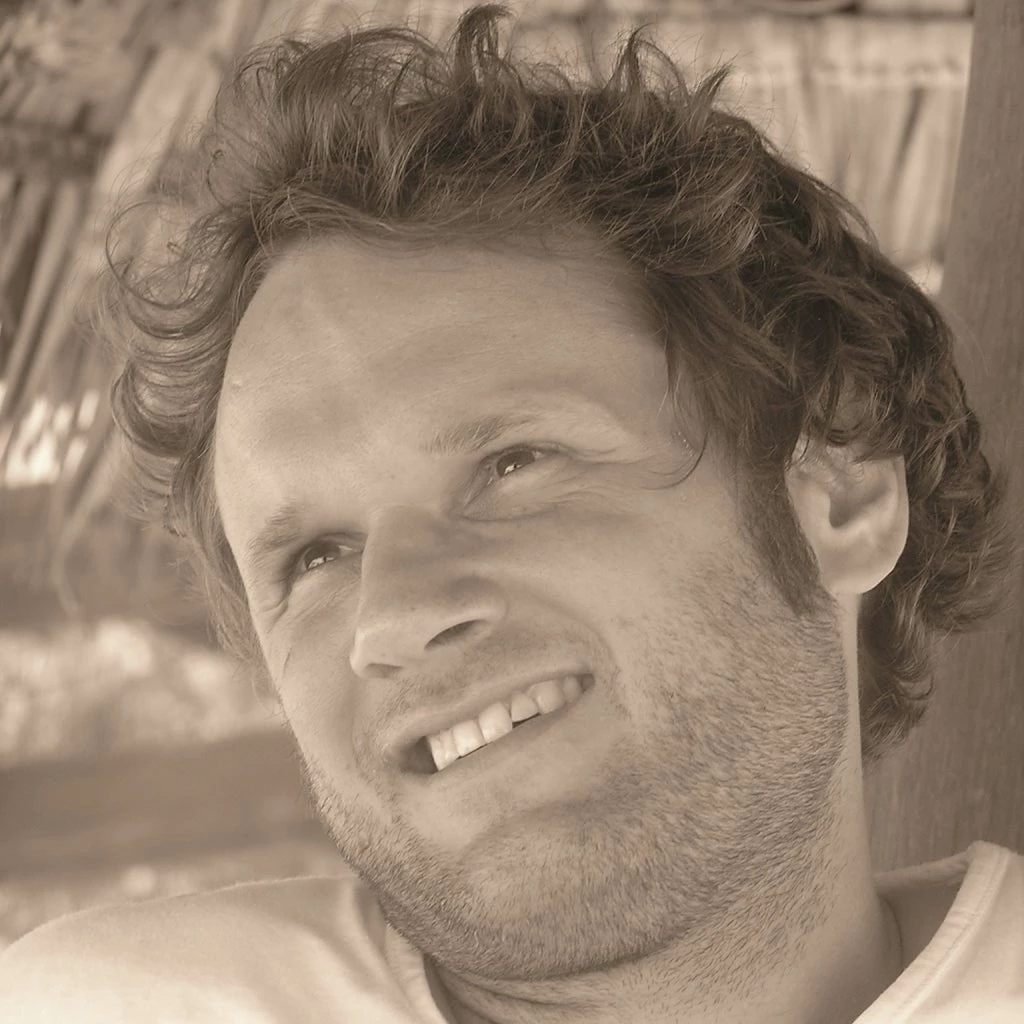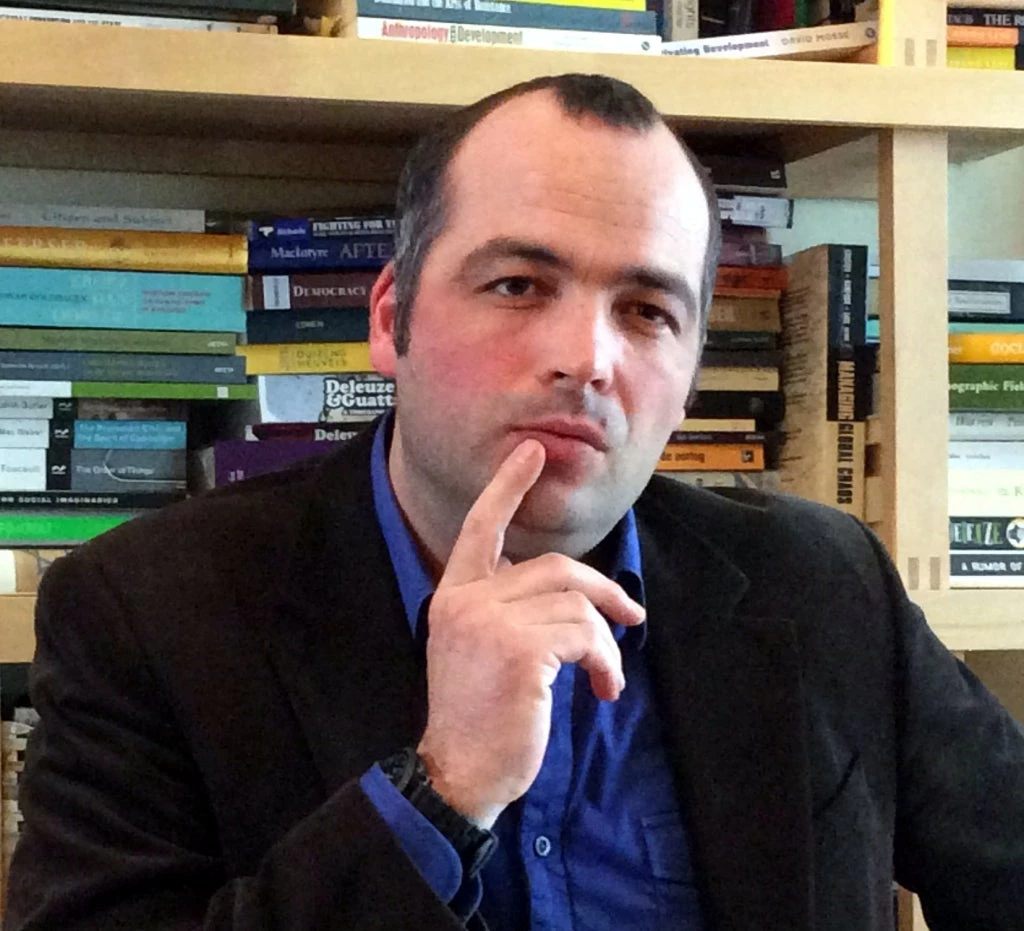
In our previous post, we explored how migration from rural to urban areas is not a one-step move, but rather a dynamic lifelong process that expands and modifies migrants’ action space and opportunities to improve their life conditions, and how the attraction of secondary towns could be partly understood within this framework because of their role as “action space” enhancers.
Yet, defining precisely what constitutes a town or a city is tricky, to the point that Wittgenstein found it even a useful analogy with which to demonstrate definitional conundrums more broadly. “And how many houses or streets does it take for a town to be a town?”, he rhetorically asks his readers, while discussing at what point a language should be considered complete in his Philosophical Investigations.
At the same time, the distinction between towns and cities is intuitively unambiguous to most non-experts. Asking how migrants themselves see the difference may further help understand why they often move to towns, while the income levels and amenities are higher in the cities. According to the conversations we had with 75 migrants from rural Kagera, Tanzania, three dimensions stand out: vibrancy, monetization and anonymity.
Circulation picks up
The first identifying element is vibrancy. It was most frequently expressed by the Swahili notion of “mzunguko wa pesa”, which, in the broadest sense, refers to the intensity of the circulation of goods, people and ideas in a particular place. When we asked Sedeki, who is currently living in a small urban center in a region over 1,500 km away from the capital, why his life would be better in Mwanza, Tanzania’s second biggest city, he told us: “honestly, Mwanza is also a good place, because on TV you can clearly see that everyone is busy working there”. The higher the perceived abundance of transactions between buyers and sellers, the higher the expectation to be able to make a living, irrespective of concrete information and connections.
Cash as defining factor
A second, and related identifying element is the nature of the transactions: whether it’s more or less monetized. Thaddeus, who migrated to four different places in his lifetime – namely a small town, two cities and eventually the capital Dar–is well placed to discuss the different meanings of urban. He recounts his experience of moving into an urban environment as follows: “It was a difficult life. I was used to free cassava and fruits in the village but in town everything was for sale. At first, this kind of life was hard, but now I’m used to it and find it normal.” In fact, the failure to be able to navigate the cash economy is one of the barriers to migration. Secondary towns have a role to play here, holding the middle ground between the reciprocal village economy and the monetized city life. That’s why people like Thaddeus, who currently lives in the capital Dar, first moved to a small town.
Further, freer and more fragile
The third identifying element is anonymity. The lack of anonymity in the village environment is a two-edged sword. On the one hand the personal relationships are what makes the home village an important safety net and refuge for those who are down on their luck during a move. On the other hand, it is often experienced as a suffocating and stifling environment. Beate’s life story is a case in point. After having moved in and out of the rural areas for some time, it was especially the relationship with her family-in-law that tied her down and motivated her to take up residence in town. In her own words: “[if you set up a business in the village], people won’t buy anything and there is so much hypocrisy in the village. But in town, everyone is on his own and no one cares about anyone else’s life.”
A Happy Middle Ground
So, why do so many migrants move to small urban centers and secondary towns? When taking into account what a migrant’s understanding of what urban means, one realizes that it is because they can and because they have to. The city is more appealing, but harder to reach and more difficult to navigate for many poor rural dwellers, at least at first, and especially in the absence of strong social networks. Secondary towns, on the other hand, have practical appeal due to their intermediate position between the reciprocal village economy, which villagers are familiar with, and the more capitalist, monetized city life, where everything costs money. This renders them easier to navigate, while still providing a degree of anonymity to advance and remaining sufficiently close to the home village in case things don’t work out. It also raises the spectre of making secondary towns more attractive and vibrant, with higher “mzunguko wa pesa”, as one important policy option in steering current urbanization, especially in Sub-Saharan Africa and Asia, where urbanization rates are still relatively low, but changing rapidly.
This is the second in a 3 post blog series exploring the question “Why secondary towns can be important for poverty reduction” drawing on the insights of the life histories of 75 migrants from Kagera, Tanzania. The last post will zoom in on the special challenge of the first move in starting the migration process and how the proximity of towns are often instrumental in overcoming it. The first post can be found here.
Follow the World Bank Jobs Group on Twitter @wbg_jobs.





Join the Conversation